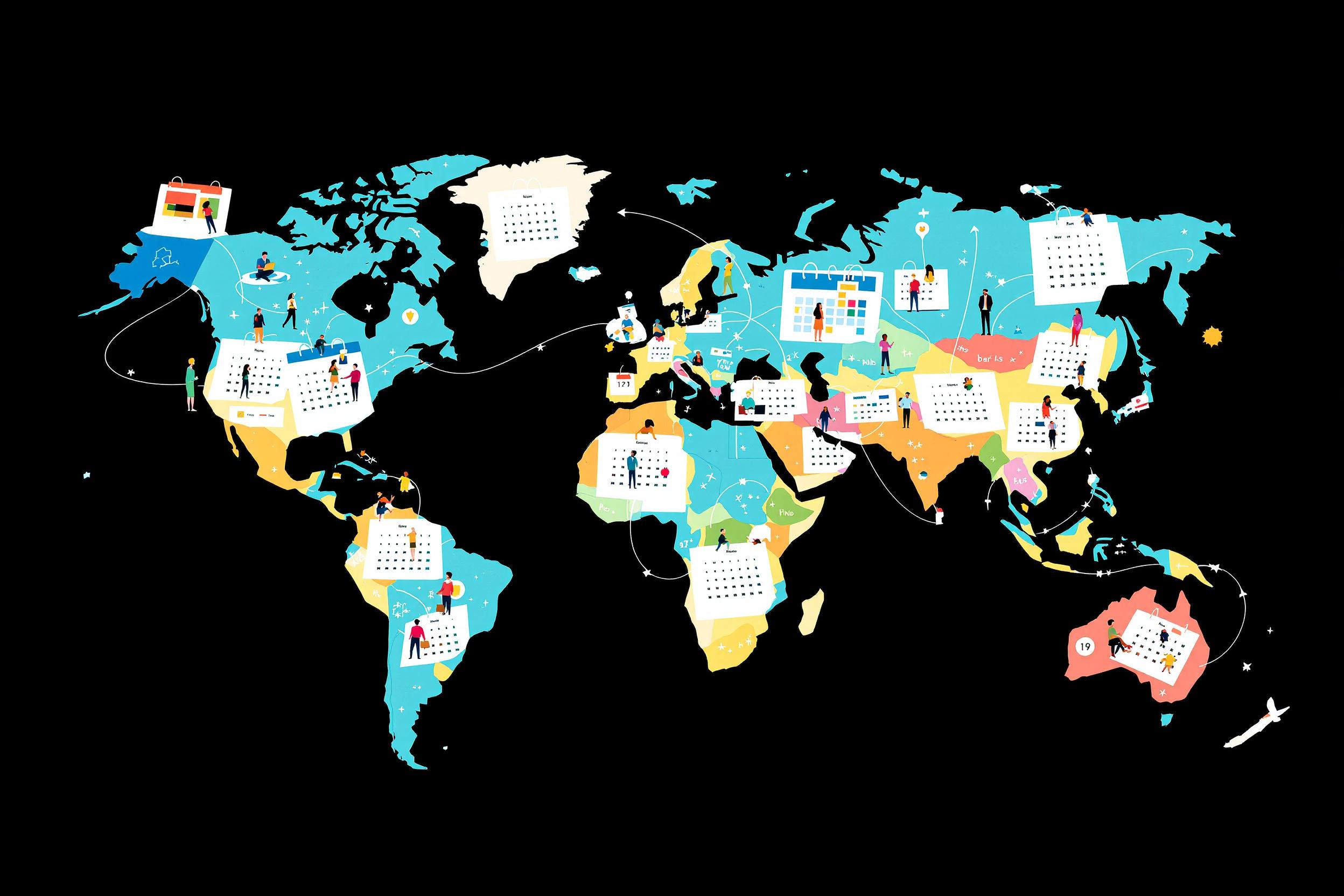
Seasonal Pricing
Seasonal Pricing is a business strategy where room rates are adjusted based on different times of the year to maximize profits. It means charging higher prices during peak seasons (like summer or holidays) when there's high demand, and lower prices during off-peak times to attract guests when demand is lower. This helps hostels and hotels manage their occupancy rates throughout the year. You might also hear this called "dynamic pricing," "flexible pricing," or "demand-based pricing." It's a key skill in hostel and hotel management because it directly affects the business's income and success.
Examples in Resumes
Implemented Seasonal Pricing strategies that increased revenue by 25% during peak periods
Managed Dynamic Pricing system for 50-room hostel property
Developed Seasonal Rate structure that balanced occupancy rates across all seasons
Typical job title: "Revenue Managers"
Also try searching for:
Where to Find Revenue Managers
Professional Associations
Online Communities
Industry Resources
Example Interview Questions
Senior Level Questions
Q: How would you develop a seasonal pricing strategy for a hostel in a new market?
Expected Answer: A strong answer should include analyzing local events, competitor prices, historical data, and market trends. They should mention considering factors like weather, local festivals, and tourist seasons, plus having backup plans for unexpected events.
Q: How do you measure the success of a seasonal pricing strategy?
Expected Answer: Should discuss key metrics like RevPAR (Revenue Per Available Room), occupancy rates, and total revenue. Should mention comparing results to previous years and adjusting strategies based on performance data.
Mid Level Questions
Q: What factors do you consider when setting peak season rates?
Expected Answer: Should mention local events, competitor pricing, historical booking data, operating costs, and target market's willingness to pay. Should also discuss the balance between maximizing revenue and maintaining customer satisfaction.
Q: How do you handle pricing during unexpected low demand periods?
Expected Answer: Should discuss flexible pricing strategies, promotional offers, package deals, and communication with booking platforms. Should also mention maintaining price integrity while stimulating demand.
Junior Level Questions
Q: What is the difference between peak and off-peak pricing?
Expected Answer: Should explain basic concepts of charging more during high-demand periods and less during low-demand periods, with simple examples of when each would be used.
Q: How do you communicate price changes to guests?
Expected Answer: Should discuss updating booking systems, communicating with front desk staff, and ensuring clear communication on websites and booking platforms about different seasonal rates.
Experience Level Indicators
Junior (0-2 years)
- Basic understanding of peak vs off-peak pricing
- Ability to update pricing in booking systems
- Understanding of local seasonal patterns
- Basic competitor price monitoring
Mid (2-5 years)
- Development of seasonal pricing calendars
- Analysis of booking trends
- Management of multiple room type pricing
- Implementation of promotional strategies
Senior (5+ years)
- Strategic pricing policy development
- Revenue optimization across multiple seasons
- Market analysis and forecasting
- Team training and strategy implementation
Red Flags to Watch For
- No understanding of basic supply and demand principles
- Unable to explain different pricing seasons
- Lack of experience with booking systems
- No knowledge of local market conditions and events
- Poor mathematical or analytical skills
Related Terms
Need more hiring wisdom? Check these out...

Cutting HR Costs Without Sacrificing Quality: A How-To for Savvy Executives

Speak Their Language: How Localized Job Descriptions Unlock Regional Talent

The Hidden Art of Salary Negotiation: How to Win Hearts Without Going Broke

